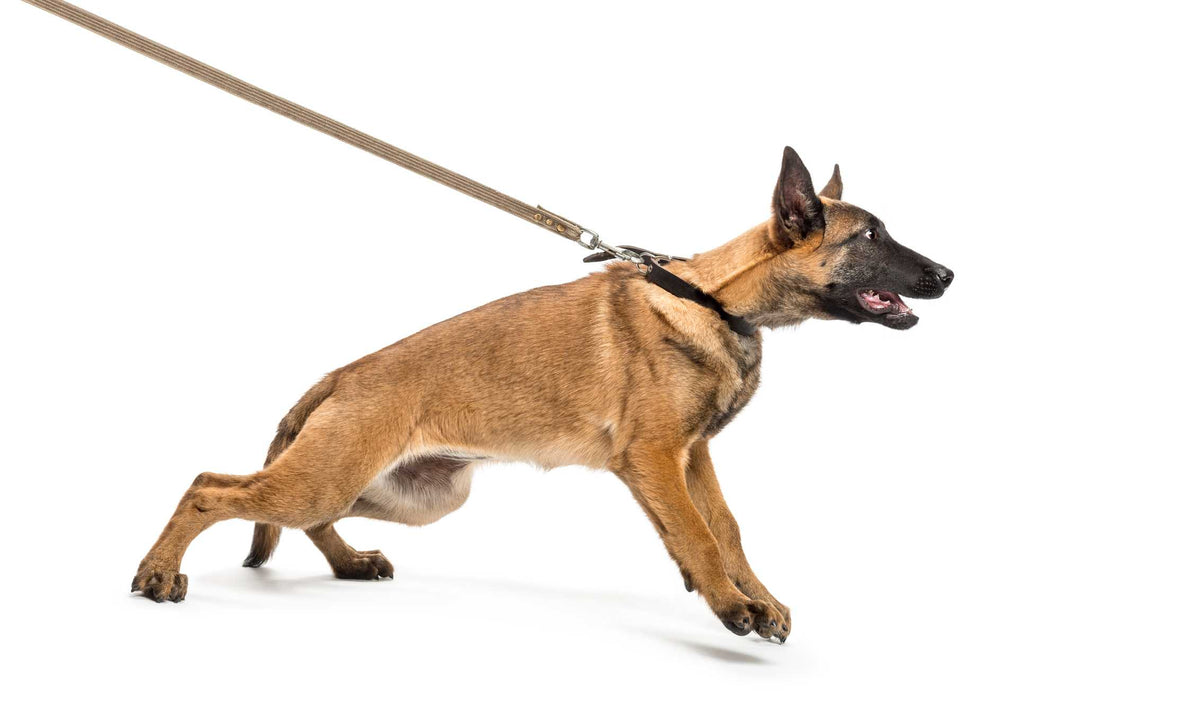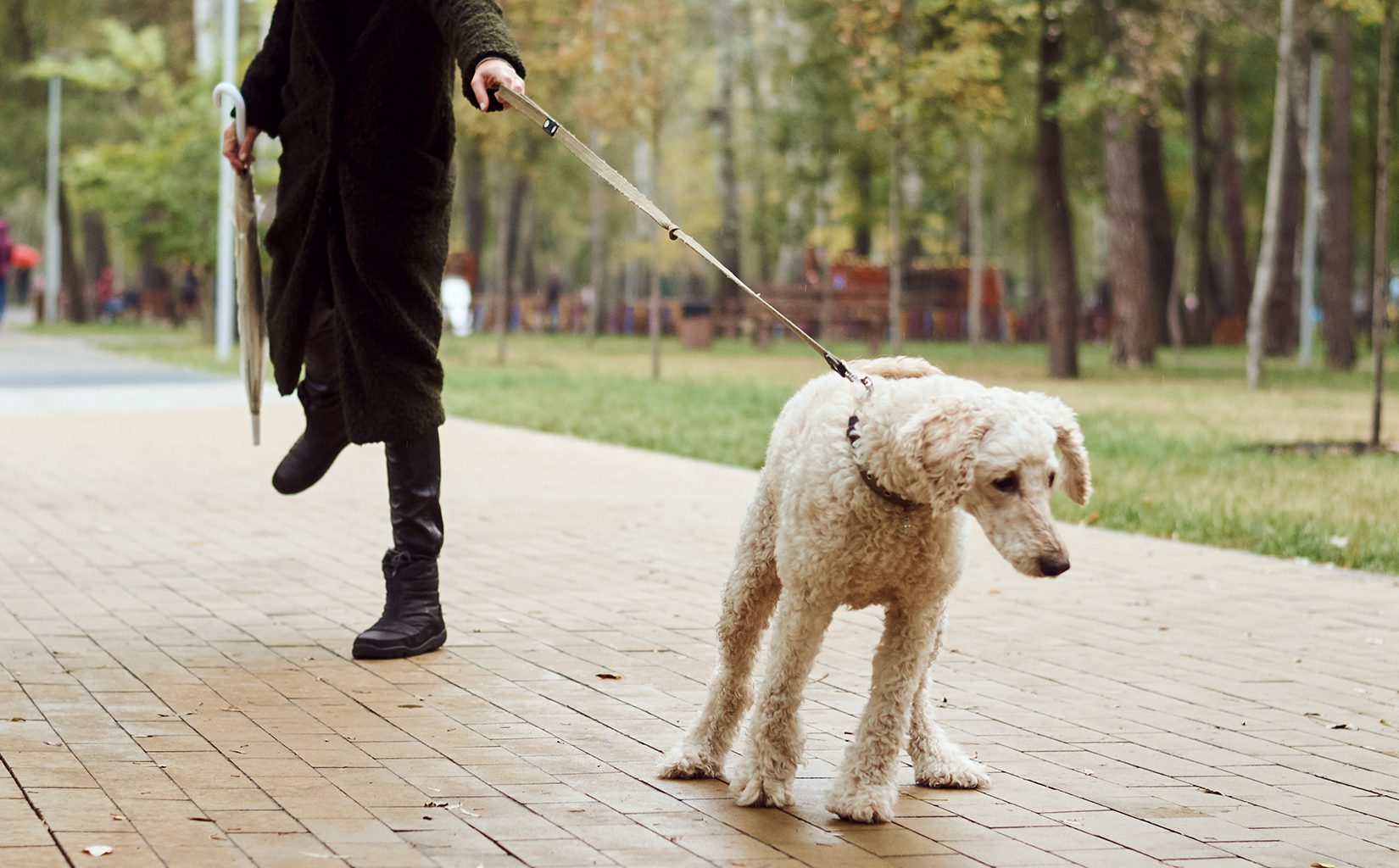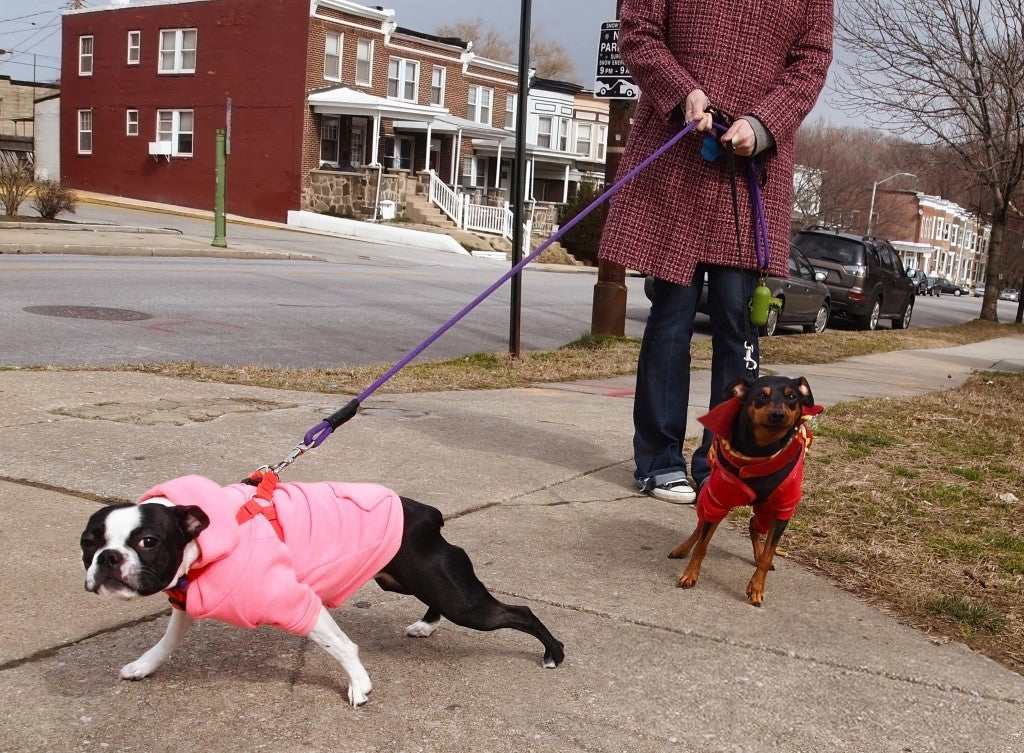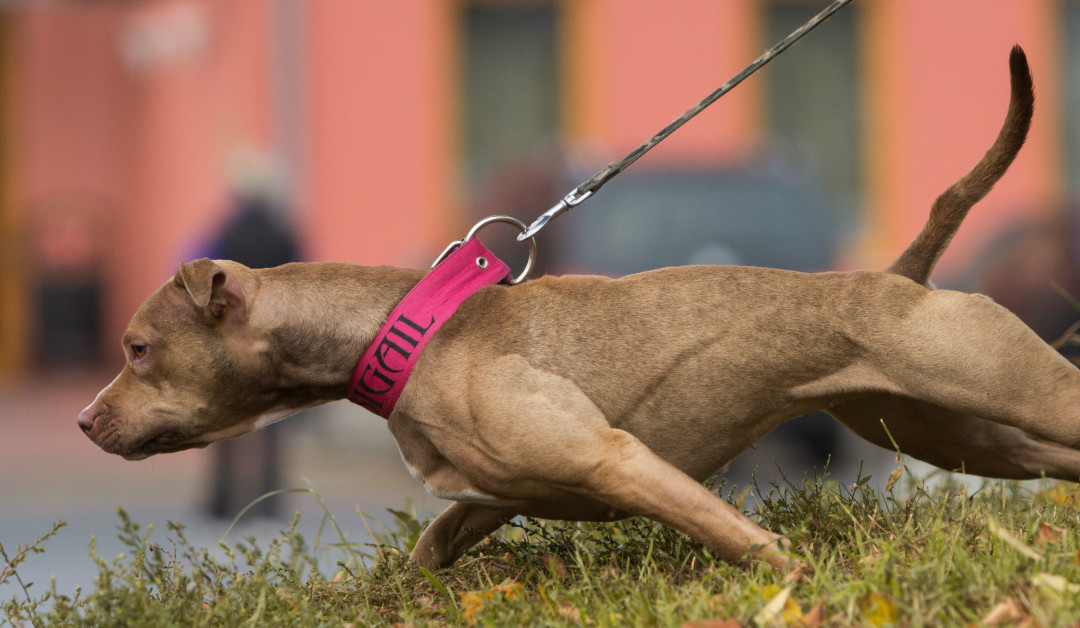Introduction: Understanding Leash Pulling Behavior
Leash pulling is a common issue faced by many dog owners during walks. It can turn a pleasant stroll into a frustrating ordeal and even pose safety risks for both the dog and the owner. Understanding why dogs pull on the leash and implementing effective solutions is essential for achieving enjoyable and stress-free walks. In this article, we’ll explore the reasons behind leash pulling behavior and provide practical strategies for addressing it.

Understanding the Root Causes: Why Dogs Pull on the Leash
Before addressing leash pulling, it’s crucial to understand why dogs engage in this behavior. Some common reasons include:
- Excitement: Dogs may pull on the leash out of excitement, such as when they encounter other dogs, people, or interesting scents.
- Curiosity: Dogs are naturally curious creatures and may pull to explore their surroundings or investigate enticing stimuli.
- Lack of Training: Dogs may pull on the leash simply because they haven’t been taught proper leash-walking manners.
- Desire for Freedom: Some dogs pull because they want to move at their own pace or feel restricted by the leash.
By identifying the underlying causes of leash pulling, owners can tailor their training approach to effectively address the behavior.

Positive Reinforcement Training: Teaching Loose-Leash Walking
One of the most effective methods for addressing leash pulling is positive reinforcement training, specifically teaching loose-leash walking. This involves rewarding the dog for walking calmly beside the owner without pulling on the leash. Key steps in this training process include:
- Start Slowly: Begin training in a low-distraction environment, gradually increasing the level of difficulty as the dog progresses.
- Use Treats: Use high-value treats to reward the dog for walking politely on a loose leash.
- Redirect Attention: Encourage the dog to focus on you by using verbal cues or offering treats when they look away from distractions.
- Be Consistent: Consistency is key to successful training. Reinforce desired behaviors consistently and avoid inadvertently rewarding leash pulling.
With patience and consistency, positive reinforcement training can teach dogs to walk calmly on a loose leash and reduce pulling behavior.
Equipment Solutions: Choosing the Right Tools
In addition to training, using the right equipment can also help address leash pulling behavior. Some effective tools and techniques include:
- Front-Clip Harnesses: Front-clip harnesses discourage pulling by redirecting the dog’s attention back toward the owner.
- Head Halters: Head halters, such as the Gentle Leader or Halti, provide gentle control over the dog’s head, discouraging pulling without causing discomfort.
- Martingale Collars: Martingale collars tighten slightly when the dog pulls, providing a gentle reminder to walk politely on a loose leash.
- No-Pull Harnesses: No-pull harnesses are specifically designed to discourage pulling behavior by applying pressure across the dog’s chest or underarms.
When using equipment to address leash pulling, it’s essential to choose options that are comfortable and safe for the dog and to follow manufacturer instructions for proper use.

Consistency and Patience: Keys to Success
Addressing leash pulling requires time, patience, and consistency. It’s essential for owners to remain calm and consistent in their training efforts, rewarding desired behaviors and redirecting unwanted ones. Additionally, practicing leash-walking skills regularly in different environments can help reinforce positive behaviors and build confidence in both the dog and the owner.
Seeking Professional Help: When to Consult a Trainer
In some cases, leash pulling may persist despite consistent training efforts. In such instances, it may be beneficial to seek the guidance of a professional dog trainer or behaviorist. These experts can provide personalized training plans tailored to the dog’s specific needs and help address underlying behavioral issues contributing to leash pulling.
Addressing Specific Challenges: Tailoring Solutions to Your Dog’s Needs
Each dog is unique, and what works for one may not work for another. Therefore, it’s essential to tailor your approach to addressing leash pulling based on your dog’s specific challenges and temperament. For example:
- High-Energy Dogs: If you have a high-energy dog that tends to pull out of excitement, incorporating regular exercise and mental stimulation into their routine can help reduce pent-up energy and make leash training more effective.
- Fearful Dogs: For dogs that pull due to fear or anxiety, gradually desensitizing them to triggers and using positive reinforcement to build confidence can help them feel more comfortable and relaxed on walks.
- Stubborn Dogs: Some dogs may be more resistant to leash training than others. In these cases, patience, consistency, and using highly motivating rewards can help overcome stubbornness and encourage cooperation.
- Reactive Dogs: Dogs that react strongly to stimuli such as other dogs or cyclists may require specialized training techniques, such as counter-conditioning or BAT (Behavior Adjustment Training), to modify their behavior and reduce reactivity on walks.
By understanding your dog’s individual needs and challenges, you can tailor your training approach to effectively address leash pulling and achieve positive results.

Managing Expectations: Setting Realistic Goals
Addressing leash pulling is a gradual process that requires time and patience. It’s essential for owners to set realistic goals and celebrate small victories along the way. Progress may be slow at times, but consistency and perseverance will ultimately lead to success. Remember that every step in the right direction, no matter how small, is a step toward achieving your desired outcome.
Consistent Reinforcement: Maintaining Good Behavior
Once your dog has mastered loose-leash walking, it’s crucial to reinforce good behavior consistently to prevent regression. Continue to reward your dog for walking politely on a loose leash, even after they have become proficient at it. Additionally, periodically revisiting leash-walking skills and practicing in different environments will help reinforce the desired behavior and ensure long-term success.
Creating Positive Associations: Making Walks Enjoyable
Finally, remember to make walks a positive and enjoyable experience for your dog. Incorporate elements of fun and excitement into your outings, such as playing games, exploring new trails, or visiting dog-friendly parks. By associating walks with positive experiences, you can reinforce good behavior and strengthen the bond between you and your furry companion.

Conclusion: Enjoying Stress-Free Walks with Your Dog
Leash pulling can be a frustrating and challenging behavior for dog owners to manage, but with the right approach and techniques, it can be addressed effectively. By understanding the reasons behind leash pulling, implementing positive reinforcement training, choosing the right equipment, and maintaining consistency and patience, owners can teach their dogs to walk politely on a loose leash. With practice and perseverance, both dogs and owners can enjoy stress-free walks together, strengthening their bond and enhancing their overall quality of life.










